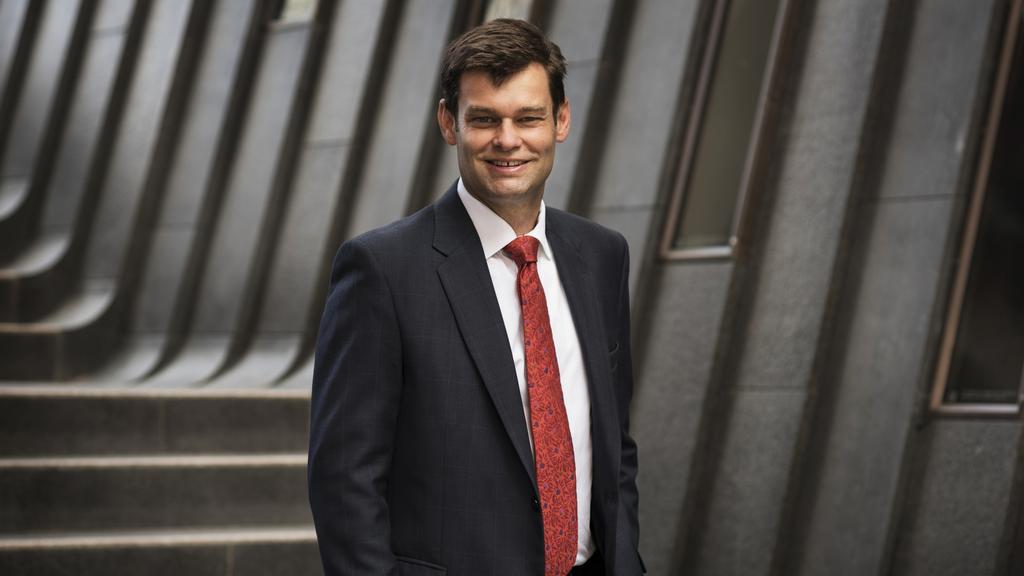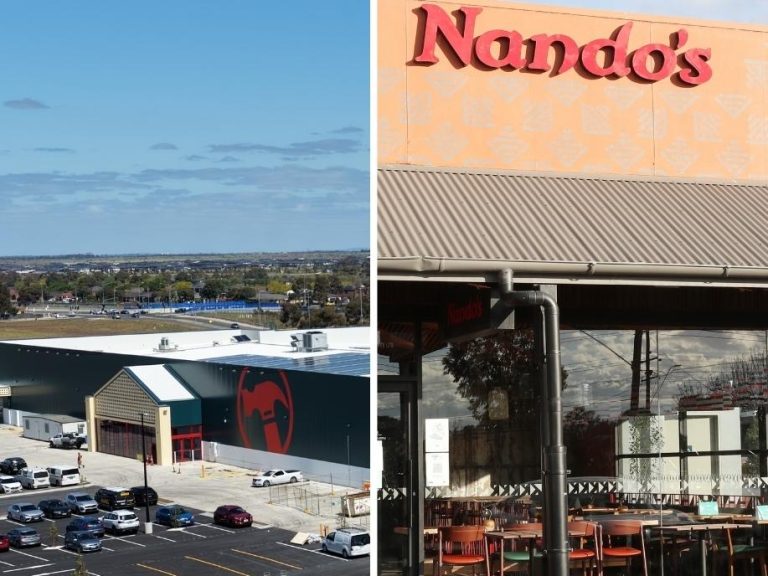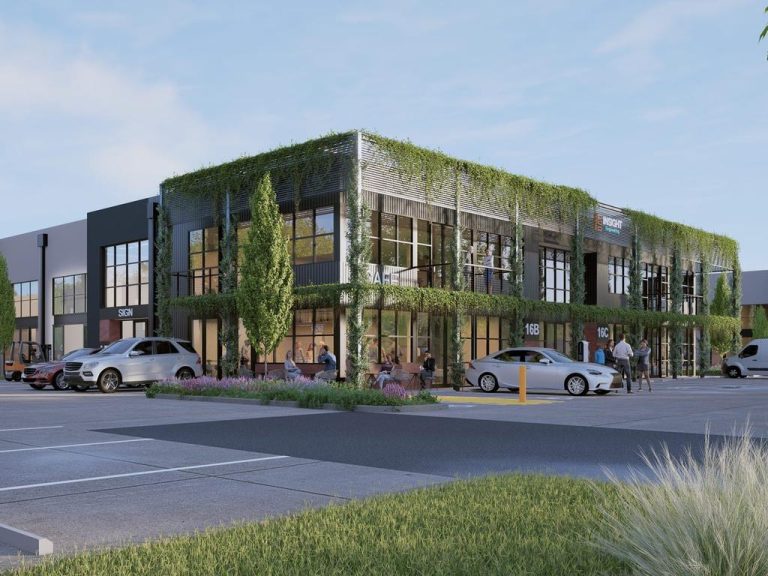Mirvac wants overhaul of office space metrics as Covid return to work plays out

Campbell Hanan, Mirvac head of integrated investment portfolio
Property developer Mirvac has joined with the WORKTECH Academy to call for an overhaul of what it sees as the outdated metrics defining office spaces, as hybrid work styles become the norm in the wake of the pandemic.
The pair have tapped global experts to come up with a way of evaluating that includes experiences, business performance, shared value and employee wellness, as well as environmental, social and governance and innovation factors
Mirvac head of integrated investment portfolio Campbell Hanan says a discussion paper by the pair comes at a critical time.
“As people return to the office in large numbers, we’re seeing a strong rebound in occupancy across our portfolio, reactivating our workplaces and enlivening CBDs,” Hanan says.
“But the fact is, the way we work has changed forever, and with experience, culture, learning and connection now the focus, many existing fitouts are no longer fit for purpose.
He argues that only modern, high-quality, tech-enabled, sustainable workplaces can support newer ways of working, so demand is growing apace for prime and A-grade space across all office markets, “particularly from our large corporate customers”.
Mirvac has a pipeline that includes 55 Pitt St at Sydney’s Circular Quay and the new Suncorp headquarters in Brisbane, and is focused on the best buildings.
“As a result, the bifurcation office market, as prime vacancy rates improve while secondary grade stock faces headwinds, is becoming increasing more pronounced,” Hanan says.
Mirvac has created a unique pilot across an entire floor of its 200 George St headquarters dedicated to exploring how office space can be used to boost performance and collaboration, facilitate experiences and encourage people back into the office.
“We need to adopt a new approach that recognises the true value that a next-generation workplace facilitates for an organisation,” Hanan says
Instead of current metrics, WORKTECH Academy director Jeremy Myerson highlights a range of alternative measurements academics and experts have recommended.
Some recommended a focus on job satisfaction while others focused on energy usage. They also focused on metrics required for modern offices.
There is a push for ESG principles to be applied, including the reduction of energy costs and carbon emissions, and the promotion of employee wellness.
Hanan argues for the need for a different system of measurement of office values as both the nature of work and what draws tenants to buildings has changed.
“There’s a new paradigm coming now, which is all around experience, because there is a whole new adaptive way of work that’s happening,” he says.
He cites British developer Sir Stuart Lipton’s remark that offices will go “from factory farming to free range”. This will prompt a change from a sea of workstations to more open, collaborative spaces, which should be recognised in building values.
He says tenants going into next generation buildings are focused on issues ranging from ESG concerns, employee experience, and post-pandemic concerns about air circulation and managing spare desks.
“We also really want to measure the bump in factor to understand how collaboration and innovation is helping,” Hanan says.
The office veteran says recent deals show a split between the latest buildings, which are selling on sub-4 per cent yields, and older A-grade stock which has higher vacancy and sells at a discount.
“We’re going to need to value it because there will come a time when some buildings which offer unique experiences compared to others, are going to attract valuation premiums,” Hanan says.







